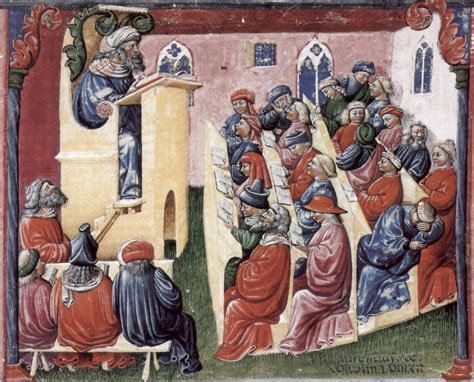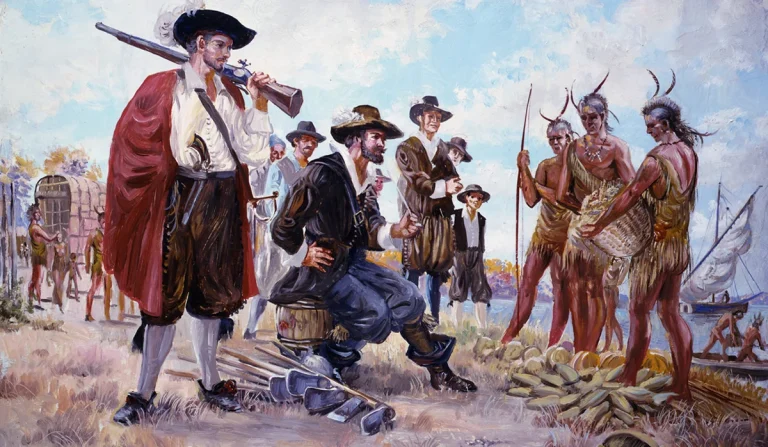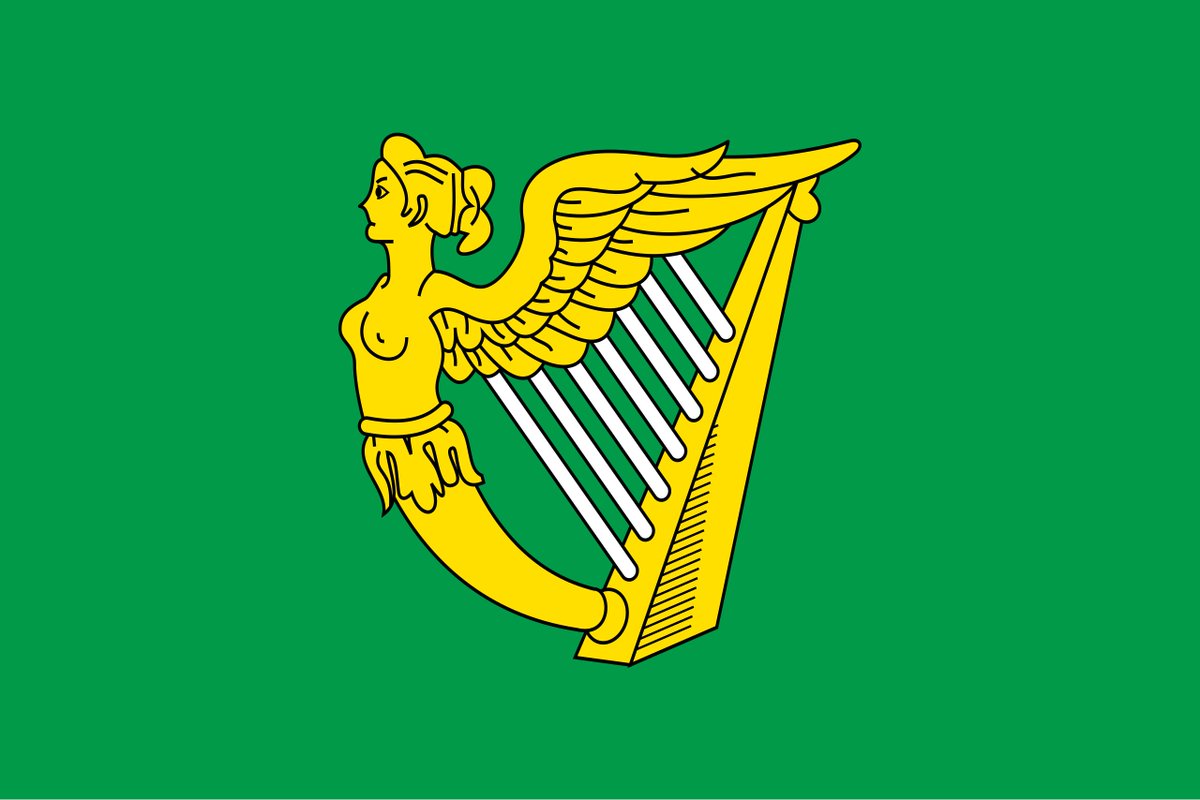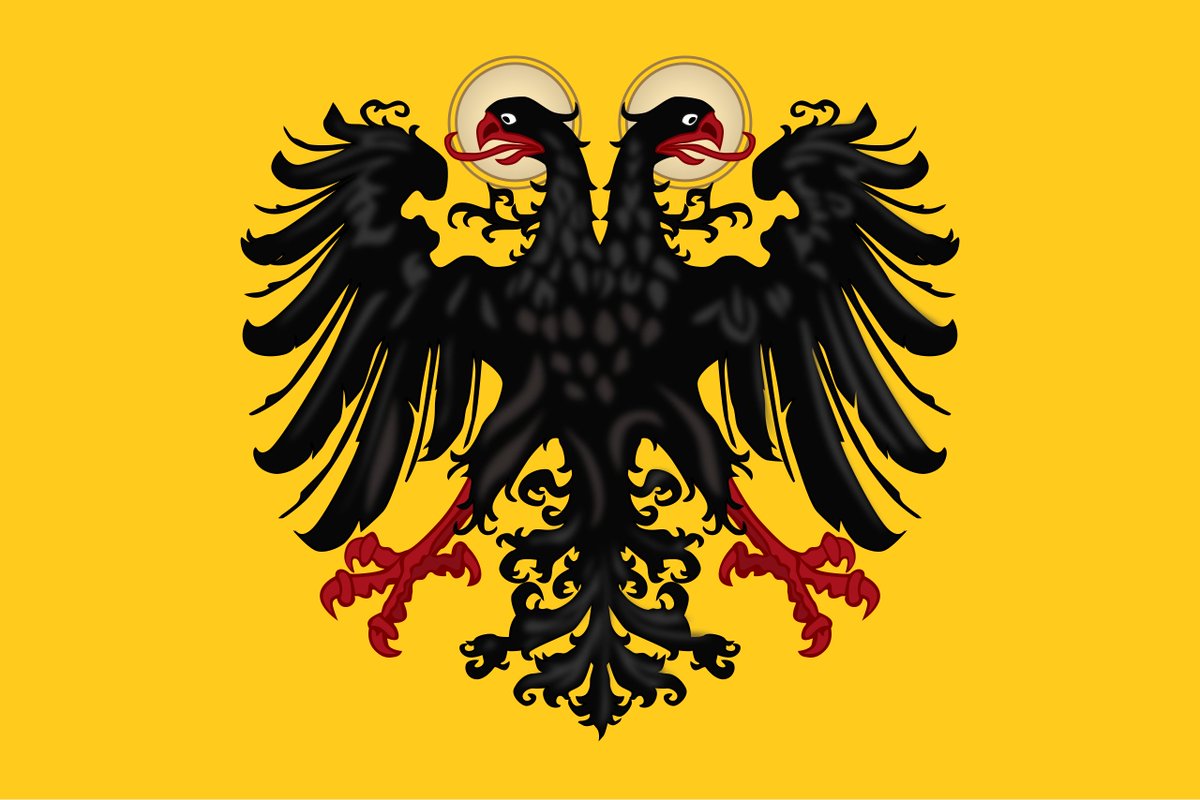Medieval universities!
The creation of universities is one of the greatest and most lasting achievements of medieval Europe, establishing a model that is today the standard form of higher education throughout the world.
These have helped to improve society for centuries!
The creation of universities is one of the greatest and most lasting achievements of medieval Europe, establishing a model that is today the standard form of higher education throughout the world.
These have helped to improve society for centuries!

While other institutions of learning existed before (such as monastic schools) both in Europe and outside of it, medieval universities were a totally new concept as they were organized like guilds of students and masters which allowed them to be independent of local authorities! 

This is what the concept of "universitas" referred to originally, a guild.
These medieval universities did not refer to some specific building resembling a modern day campus, but were an organization.
Teaching happened in homes of teachers, public places or rented halls.
These medieval universities did not refer to some specific building resembling a modern day campus, but were an organization.
Teaching happened in homes of teachers, public places or rented halls.

These guilds and unions of students and teachers were able to protect themselves against local laws and customs.
For example many academics were foreigners from elsewhere and had to fight against various city laws that discriminated against foreign residents.
For example many academics were foreigners from elsewhere and had to fight against various city laws that discriminated against foreign residents.

This led to many "town versus gown" disputes in the early history of universities. Sometimes riots took place!
But eventually universities were able to successfully establish themselves as independent entities with their own code of conduct and discipline.
But eventually universities were able to successfully establish themselves as independent entities with their own code of conduct and discipline.

The decentralized nature of medieval West contributed to the rise of these institutions.
And in turn, universities connected Europeans and contributed to a sense of common identity. Lectures were in Latin and academics could study and teach anywhere in Europe.
And in turn, universities connected Europeans and contributed to a sense of common identity. Lectures were in Latin and academics could study and teach anywhere in Europe.

Movements of students and teachers resulted in emergence of new universities in nearby towns and cities.
The medieval universities helped to enable an academic community that transcended state borders.
Eventually, this model of education would spread all over the world!
The medieval universities helped to enable an academic community that transcended state borders.
Eventually, this model of education would spread all over the world!

"Silence!"
They listen to the teacher and learn.
Medieval lectures didn't look that much different than today!
This image depicts a university lecture from around 1400.
They listen to the teacher and learn.
Medieval lectures didn't look that much different than today!
This image depicts a university lecture from around 1400.

A meeting of doctors at the university of Paris!
From 16th century.
By the end of middle ages in 1500, there were already over 60 universities in Europe.
Amazing institutions and simply an amazing story in which everyone won and entire humanity benefited!
From 16th century.
By the end of middle ages in 1500, there were already over 60 universities in Europe.
Amazing institutions and simply an amazing story in which everyone won and entire humanity benefited!

• • •
Missing some Tweet in this thread? You can try to
force a refresh







































